Wheelchair-accessible vehicles (WAVs) have become essential for individuals with mobility challenges, providing them with freedom and independence in transportation. As the market for WAVs continues to expand globally, it’s crucial for consumers to make informed decisions to ensure safety, comfort, and cost-effectiveness.
Key steps to choosing the right wheelchair Adapted Vehicle (WAV):
Selecting a Wheelchair Adapted Vehicle is a substantial decision, demanding attention to detail for an optimal driving experience, Wheelchaired reported. Here are six crucial steps to guide you towards saving as much as $25,000 while ensuring both business and humane considerations:
1. Safety first:

Prioritise safety features, including wheelchair restraints, seat belts, and airbags. The chosen WAV should offer a secure environment for both wheelchair users and non-wheelchair users.
2. Cost considerations:
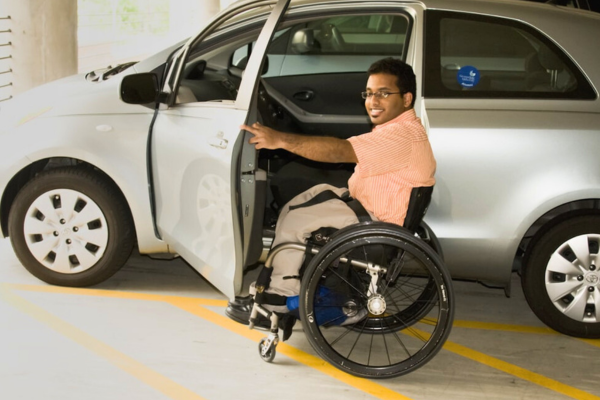
Understand the financial landscape of wheelchair-adapted vehicles. A new WAV may cost upwards of $35,000, depending on the manufacturer and model. Alternatively, converting an existing vehicle can range from $10,000 to $20,000, influenced by the mechanics handling the conversion and additional features.
The global wheelchair accessible vehicle converters market witnessed significant growth, reaching a valuation of approximately USD 6.1 billion in 2022, according to a report by Zion Market Research.
Projections form the report indicate a steady rise, with expectations to reach around USD 8.6 billion by 2030, reflecting a compound annual growth rate (CAGR) of approximately 4.5% between 2023 and 2030. This expansion is attributed to factors such as an aging population, technological advancements, and an increasing number of individuals with disabilities.
3. Ramp steepness:
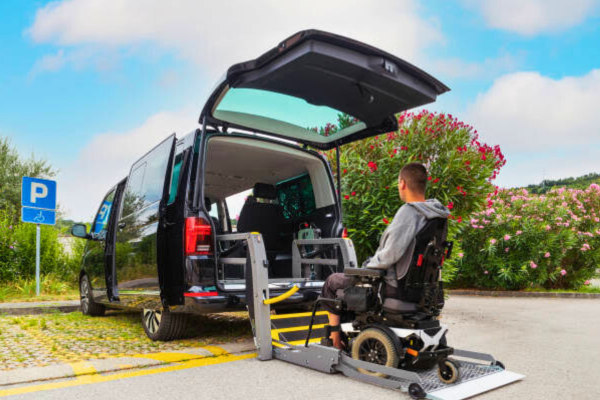
Consider the slope of the ramp. Opt for WAVs with lowered floors and ramps designed at an ideal angle, as recommended by the Americans with Disabilities Act (ADA). Steep-proof ramps ensure smooth accessibility.
4. Ample space:
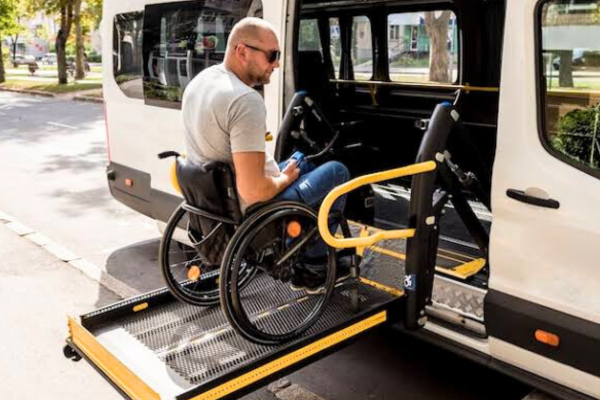
Emphasize ample space within the WAV, accommodating not only the wheelchair user but also family, luggage, and accessories. The vehicle should provide a spacious and comfortable environment for all passengers.
5. Lowered floor or higher roof:
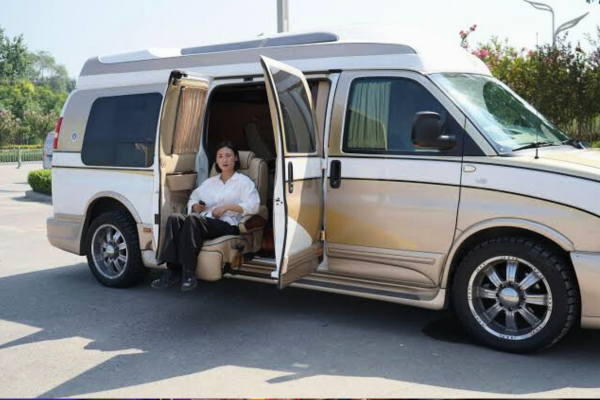
Choose a WAV with a lowered floor or higher roof to enhance mobility comfort. Higher roofs, preferred over lowered floors, offer expanded space for movement and prevent discomfort during bumpy rides.
6. Easy accessibility:
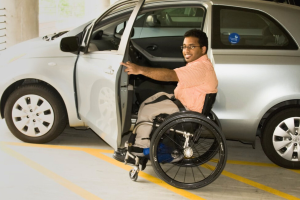
Prioritise easy entry and exit from the vehicle, whether through side-entry or rear-entry options. Accessibility is paramount for frequent use, ensuring a hassle-free experience in various settings.
In conclusion, the quest for an ideal Wheelchair-Adapted Vehicle involves careful consideration of safety, accessibility, and cost factors. With the global market on the rise, making informed decisions not only empowers users but also contributes to the ongoing advancements in accessible mobility solutions.
Read more on These five pros and cons of electric vehicles before buying one




















